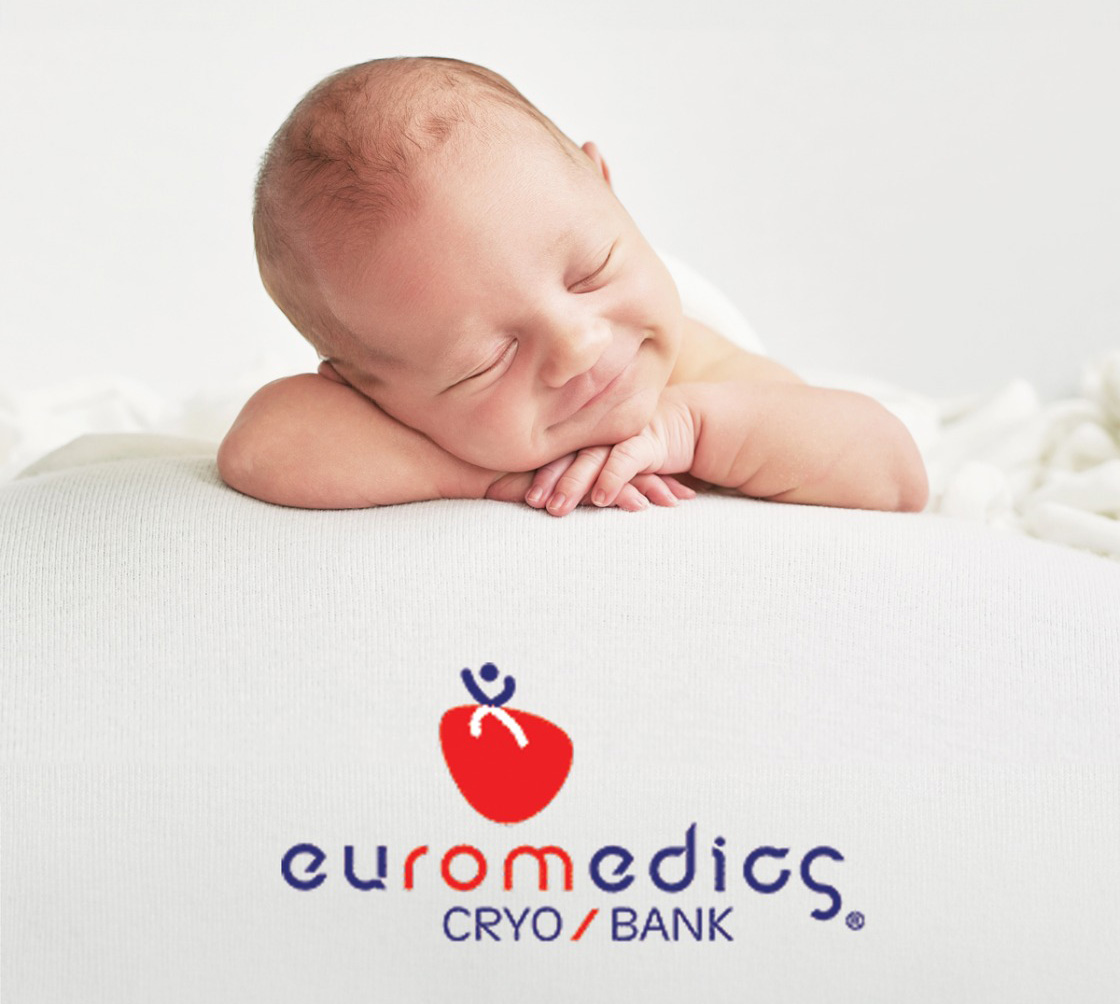The first cells that form in the embryo are the STEM cells.
All organs, bones, skin are then formed from them.
Thus, they are the "bricks" of the human body.

Unlike other cells in the body, which through division can only give birth to cells identical to themselves, STEM cells (most of them) are not “specialized” from the beginning. They can develop in any of the 220 types of cells present in the human body.
Furthermore, STEM cells can self-generate, multiply countless times. They form continuously and permanently renew our blood, bone marrow and our immune system.
Therefore, stem cells have the extraordinary ability to create new tissues, when they divide and develop, which makes them have a great therapeutic potential for diseases of all organs.
What are stem cells?
STEM cells are thus the cells that create life. In their purest form, we find them in the blood and umbilical cord tissue. A gift received at birth, which deserves to be kept.
Stem cells represent an important alternative for transplantation in hematological, genetic and oncological diseases. And not only that, as the latest research shows.
Their usefulness has already been proven not only in numerous studies, but also through successful transplants, all over the world.
- more than 30,000 transplants have already been performed using stem cells harvested at birth
- more than 100 transplant operations in Romania, in Fundeni
- The only way of treatment (so far) for some serious, chronic or acute ailments
- There are already therapies and treatments for over 80 diseases and conditions
- And their number is growing!
Regenerative medicine, one of the most recent branches of medicine, is based precisely on the capabilities of stem cells, using them in increasingly varied treatments and therapies.
HEMATOPOIETIC STEM CELLS:
Hematopoietic stem cells are blood cells that can give rise to other types of blood cells. They are responsible for the constant maintenance of the immune protection of each type of body cell and can renew and differentiate into different types of specialized cells, can stimulate the bone marrow and can act on cell apoptosis. These cells are capable of targeted healing; thus, in case of a disease, the hematopoietic stem cells will “know” exactly where to act.
MESENCHYMAL STEM CELLS:
Mesenchymal cells, harvested from Wharton’s gelatin, are undifferentiated multipotent cells, which can later develop into cells for organs and tissues. Laboratory studies and experiments show that tissues such as bone, cartilaginous, dental, heart valves, liver tissue and even nerve tissue can be regenerated from mesenchymal stem cells. Although in the research stage, scientists are very optimistic about the use of this type of stem cells in the future, in regenerative medicine.
UMBILICAL CORD TISSUE – A rich source of mesenchymal cells.
At the birth of the baby, after cutting the umbilical cord, a significant amount of blood rich in stem cells remains in it, offering the possibility of immediate collection.
The stem cells are then taken and isolated in specialized laboratories and preserved by cryogenics, for possible use in the future.
The possibility of harvesting these cells thus exists only once in a lifetime.
Stem cells from umbilical cord blood are more numerous, compared to mature ones, and have a higher probability of producing human tissues.
They are the youngest, stronger, less specialized because immunological and the healthiest cells available to the body.
They were not influenced by the harmful effects of the environment or lifestyle.
The blood from the umbilical cord can be collected both during a normal birth and during a cesarean birth.
Their sampling is non-invasive and does not influence the natural course of birth in any way.
This harvesting is easy and painless, compared to the harvesting of mature cells from the marrow.
Cryogenic stem cells allow their preservation for a long time, for possible use in the future.
Stem cells from umbilical cord blood are a precious gift with unique therapeutic properties.
The stem cells are perfectly compatible with the child from whom they were harvested, and the degree of compatibility for transplantation to other people is established according to a specific test.
A high degree of compatibility exists especially between siblings coming from the same parents, but compatibility can also be extended to other family members.
Compatibility levels of stem cells harvested at birth
- the child from whom it was harvested -100%
- brothers or sisters – approx. 75%
- parents – 50% (most likely)
- grandparents and other close relatives – less than 50%
The probability that, at some point in life, a child will need his own stem cells, from the blood of the umbilical cord, is 1/400.
INFORMATIONAL VIDEOS

